Quokka - “Worlds Happiest Animal”
Quokka rhymes with mocha and they are a vulnerable house-cat-sized marsupial, from Western Australia who forage on native grasses and wattle leaves. They were once in large numbers but are now in danger of extinction. Their nic-named the “world’s happiest animal” however, they are macropods which makes them small relatives of kangaroos and wallabies, who are also macropods.
The Quokka is vulnerable because logging and development has destroyed the wetlands where they live. Their natural predators are mainly humans, but they are also hunted by cats, foxes and birds of prey such as hawks and eagles. Their wetland habitat is also disturbed by feral pigs.
Sometimes they get muscular dystrophy, a disease in which muscles are damaged and weakened, so scientist use them for medical research!
The Quokka raises it’s young in a pouch and jumps around on its hind legs. However, it is only about the same size as a rabbit and has small, round ears. It almost looks like a mouse pretending to be a kangaroo.
They often live in tall grass near water sources and can climb trees! Standing at about one meter (3 ft.) tall, quokkas are covered with short, coarse brown-grey fur. They have small rounded ears and a black nose.
The island of Rottnest near Perth, Australia is the primary home of the Quokka. Aside from Rottnest Island, small groups of quokkas also inhabit the mainland in Western Australia, as well as Bald Island, a small island to the southwest.
They are nocturnal and live in societies of 25 to 150 adults, which are organised around dominant males and if necessary, they can survive in habitats that have virtually no fresh water in them, since they absorb most of the moisture they need from their vegetarian diet.
If necessary, they can survive for long periods of time without food or water by living off the fat stored in their tails. Quokkas don’t chew food, instead, they swallow it whole and then regurgitate it as a cud.
Quokkas are generally friendly towards each other, but competition can occur. On hot summer days, the head male of small family groups will fight each other for possession of the best shady spot.
On Rottnest Island they only breed from January to August. After a month of gestation, the female gives birth to a baby called a joey. Females can give birth twice a year.
The joey lives in its mother’s pouch for six months. Once it leaves the pouch, the joey relies on its mother for milk for two more months. At 1.5 years old, quokkas are old enough to have their own babies. In the wild, quokkas can live up to ten years.
Quokkars are not the same as their meaner cousin, the Quoll, who lives in Tasmania and New Guinea as well as Australia. He is carnivorous, largely solitary, and rather mean.
Quokkas are not a critically endangered species, but the International Union for Conservation of Nature currently classifies them as “vulnerable” on their Red List. Due to the Quokkas restricted range, they are exactly the kind of creature that stands to suffer if harm befalls their tiny habitat. (Slate)
Grasslands
Like all biomes, the grasslands are affected by abiotic factors of temperature, precipitation, ocean currents, latitude, and elevation. The temperature of the grasslands varies greatly from winter, where it can be as low as -40 degrees Celsius, and in the summer it get to around 25 degrees Celsius.
The annual precipitation ranges from about 25 cm - 150 cm, depending on the location. Grassland biomes are usually found in the middle of continents and mostly not affected very much by the ocean. Depending on whether the grassland is tropical or temperate, it might by very humid and moist, or very cold and dry.
The elevation of most grasslands is about 150 meters above sea level. The location of the grasslands where Quokkas live is in Western Australia. The biome is influenced by the Indian Ocean as well as its latitude, which is relatively close to the equator. The area is mostly flat with only some spots of elevation. It is covered in different types of grasses and herbs with few trees. Much of the area is used for animal grazing.
Tourists
Many tourists flock to Western Australian islands, such as Rottenest Island which is inhabited by Quokkas while on vacation. Tourists love to see the ‘world’s happiest animal’ and like to feed them food such as bread.
Many people don’t know that dry foods such as BREAD CAN ACTUALLY BE FATAL TO QUOKKAS!
This is because the small animals have to store water up in their bodies during the dry months, and giving them dry foods can disrupt that process by absorbing the moisture in their digestive systems.
This food may also contain potentially harmful parasites. An example of symbiosis with the Quokka is parasitism. A large population of Quokkas contract Salmonella during the summer months as a result of not having good quality food to eat during the summer. They have to turn to food that disrupts their digestive system and therefore gives them Salmonella.
It is very important that the Quokka is saved because they play a vital role in its ecosystem. If the Quokka were extinct, its entire habitat would be upset.
Many family groups of Quokkas have been placed in reserves, where they are free from The Quokka’s main predators are people, who insist on feeding them human foods, such as bread. (ESBP)
If you visit an area with quokkas, do not touch them or feed them. Educate others to do the same. You can also help protect their habitat by supporting efforts to reduce logging in Western Australia. If your a tourist - please do not feed Quokkas bread.
Thank you for reading,
Michele Brown.

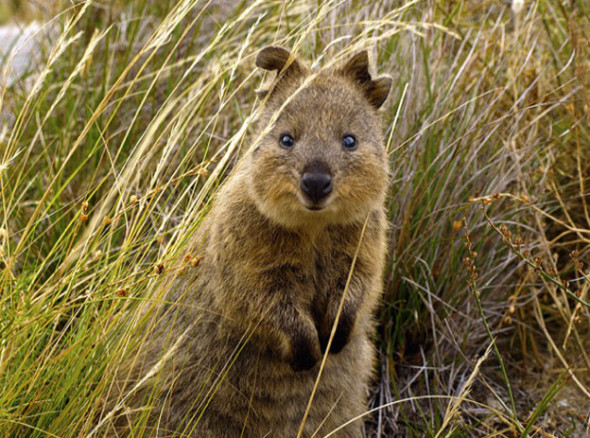
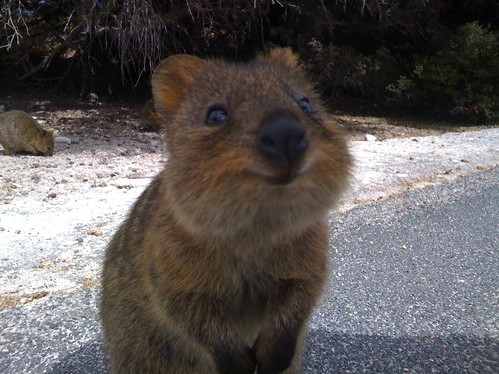
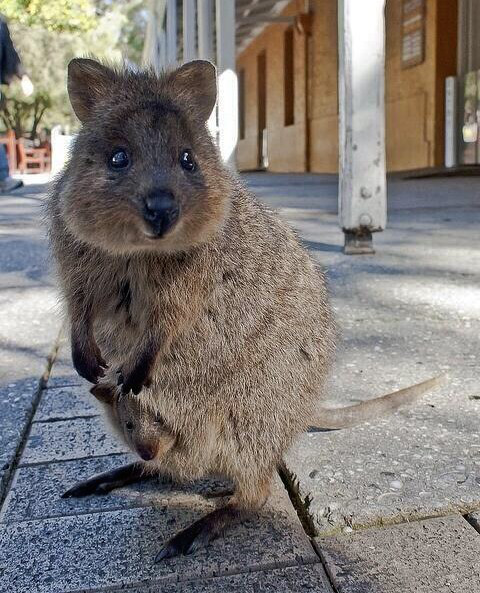
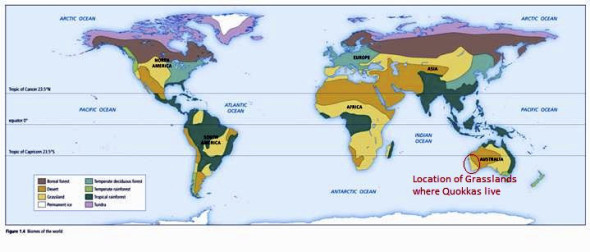
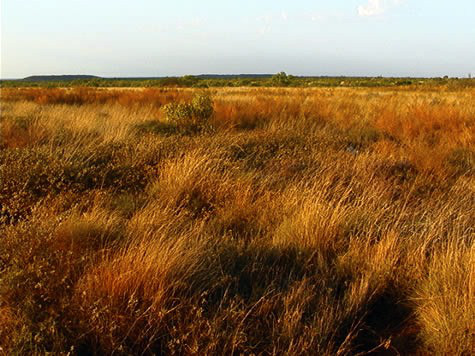

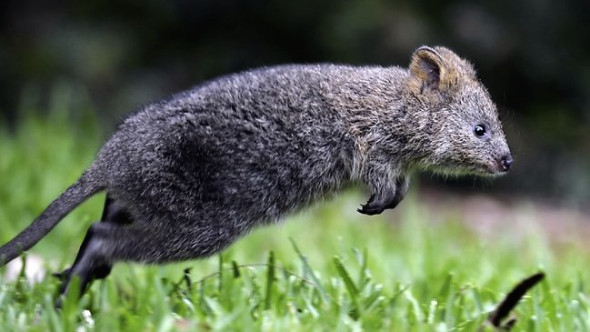



Thank you for your reply, should it merit a response we will respond in due course. This site is owned by International Animal Rescue Foundation and moderation is used.